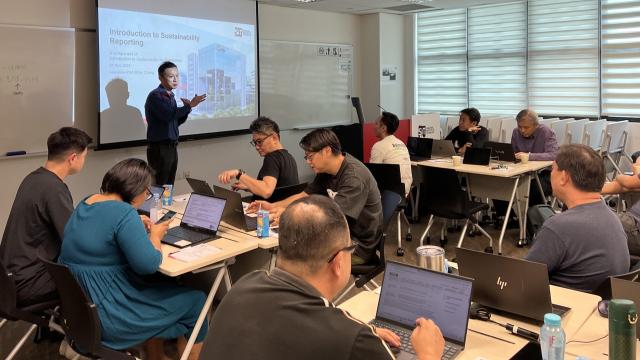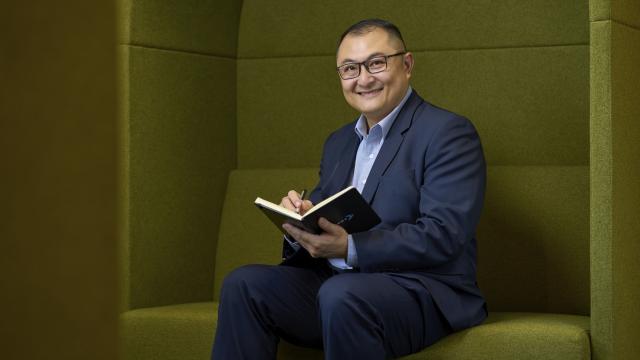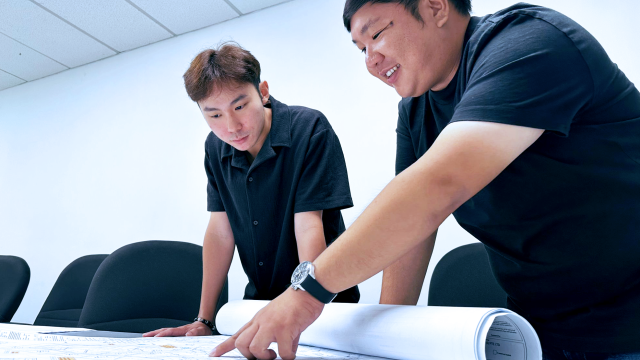Sustainable development is a national priority for Singapore due to its dense built-up urban environment and limited natural resources. Through its applied learning pedagogy, the Singapore Institute of Technology (SIT) is nurturing our younger generation of industry-ready engineers to realise a green, sustainable and energy-efficient architecture and built environment to meet Singapore’s future needs.
The Building & Construction Authority (BCA) has set a target for 80 per cent of all buildings in Singapore to be Green Mark certified by 2030, with improving energy efficiency as its core goal. This requires the support of a strong core of engineers trained to harness and embrace technological advancements in the built environment, power and energy sectors.
Over the years, SIT has introduced a range of industry-focused applied degree programmes to cater to evolving demand, with a strong emphasis on skills mastery through close collaboration with industry partners.
Sustainable Infrastructure Engineering (Building Services) Programme
Launched in 2015 and 2018 respectively, the Bachelor of Engineering (BEng) with Honours and Master of Engineering Technology (MEngTech) in Sustainable Infrastructure Engineering (Building Services) are the first of such programmes in Singapore.
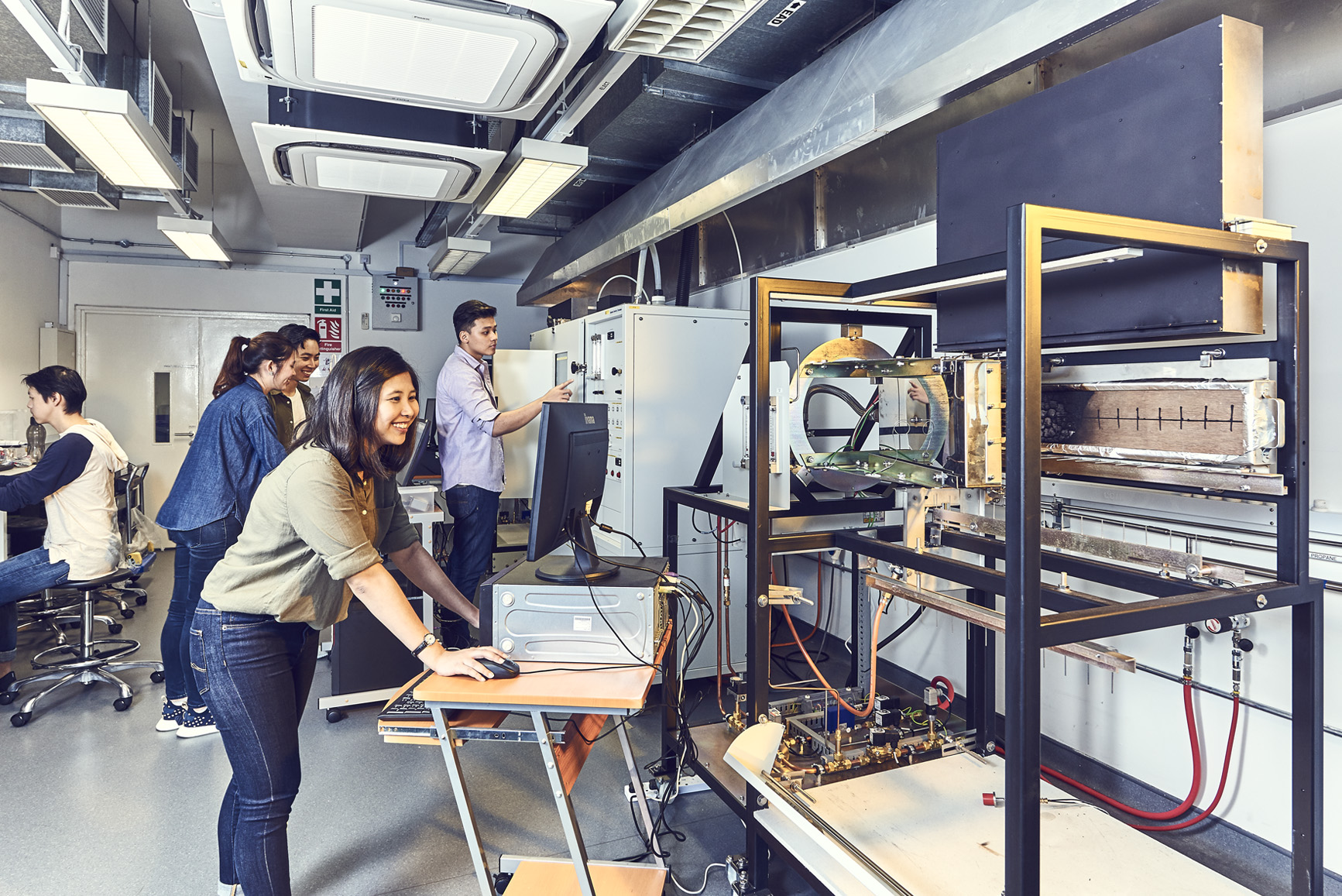
Students from SIE (Building Services) go through rigorous academic training which is highly relevant to the building services industries.
Developed in consultation with the BCA, the programmes have been designed to cover wide-ranging engineering disciplines to meet current and future needs of building services industries.
Students go through training in building services with specialisations through three core competencies in:
(i) Engineering with sustainability and energy efficiency knowledge;
(ii) Building Information Modelling (BIM) skillset for building service engineering; and
(iii) Building service engineering with focus on mechanical engineering work.
The curriculum provides intensive academic as well as practice-oriented and industry-ready training for the students with the incorporation of SIT’s signature Integrated Work Study Programme (IWSP), a mandatory component of all SIT-conferred and joint degree programmes.
The 12-month IWSP for SIE (BS) puts students through practical training that is highly valued by employers. Continuous growth in the number of participating IWSP organisations, their student intake as well as advanced job offers to students during their IWSP period attest to the programme’s success in developing students capable of contributing to their employers even before they graduate.
MEngTech students also get the opportunity to embark on a capstone project formulated on actual work experience during the IWSP. In addition, they could obtain professional certifications in Green Mark, Fire Services Safety Management, and Workplace Safety and Health to better support clean energy and safety at their future workplaces.
In October 2019, the programme’s pioneer batch of 63 students will graduate with BEng degrees, with 17 of them also earning a MEngTech degree.
The industry can tap on their high level of technical expertise and knowledge, analytical and problem-solving skills and open up new possibilities in integrated management services. Their strong grounding at the process and system levels will also generate innovative growth pathways for the building services engineering industry.
Electrical Power Engineering Programme
Singapore’s rapidly growing energy and power sector, coupled with its drive towards a Smart Nation, has driven the demand for professional engineers with the necessary competencies in renewables, power generation, distribution, transmission and micro-grid control.
In 2013, to cater to such demand, SIT introduced the Bachelor of Engineering in Electrical Power Engineering, or BEng (EPE) programme with Newcastle University (NU) – the first locally-offered, dedicated power engineering undergraduate programme.
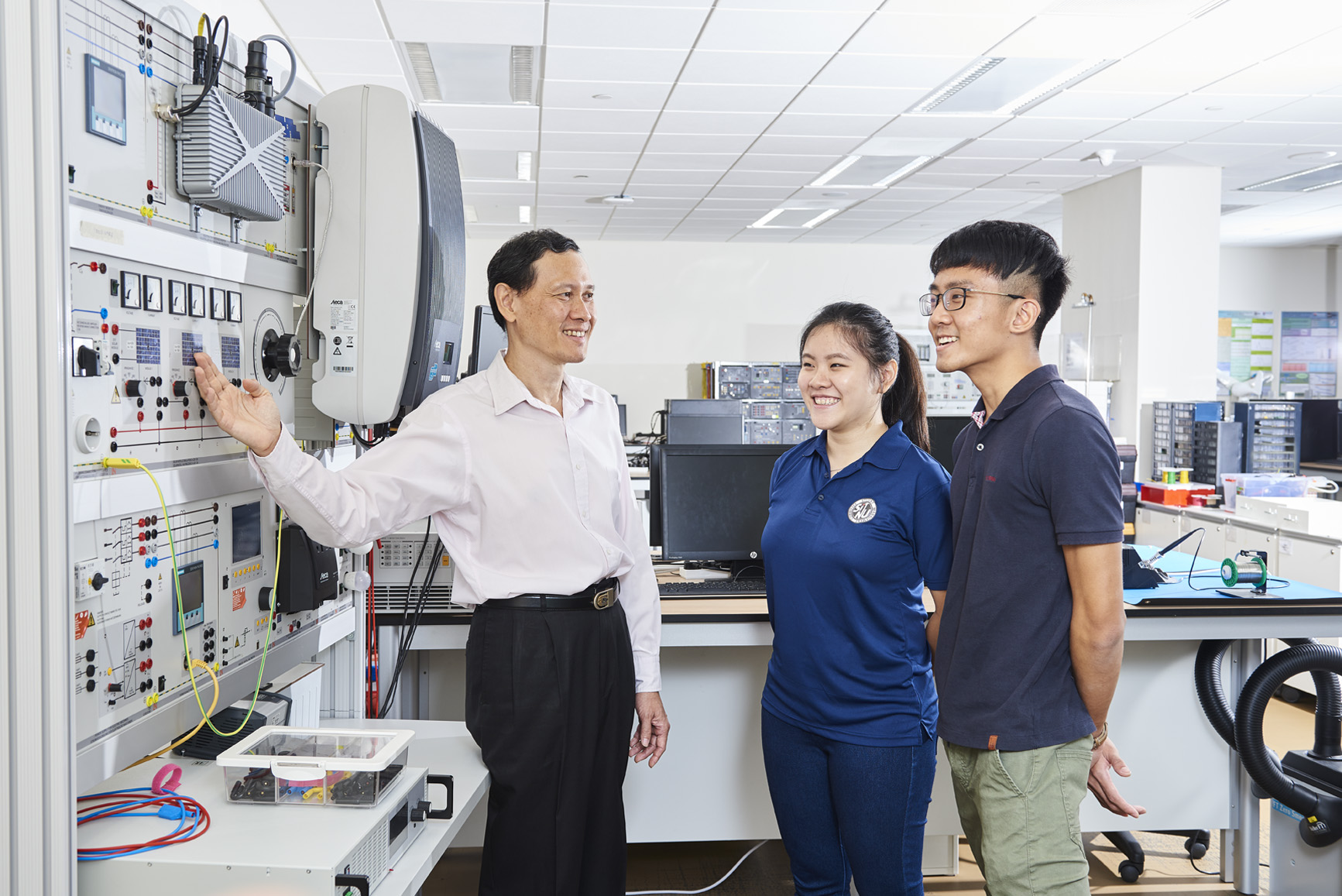
As the first locally-offered, dedicated electrical power engineering programme, the curriculum is specially customised to meet industry demand in Singapore.
The three-year programme was converted to an SIT-NU joint degree in 2017 and led to the launch of the Master of Engineering Technology in Electrical Power Engineering, or MEngTech (EPE), tailored for working professionals in the power and energy sector, in 2018.
EPE students undergo a comprehensive, industry-validated curriculum encompassing the generation, transmission and distribution of electric power, as well as business techniques relevant to the management of engineering projects.
SIT will send its pioneer batch of BEng (EPE) and MEngTech (EPE) graduates into the industry in October 2019. These students will fulfill the growing demand for power engineers across diverse sectors including electrical power generation, transmission and distribution, renewable energy, smart grid, land transportation, power and automation.
Their theoretically-grounded and practice-oriented training at SIT has given them the technical competence and personal skillsets to manage a myriad of power engineering issues, as well as prepare them to source for smart energy initiatives and grow Singapore into a premier trading hub for gas and liquefied natural gas (LNG).
The SIT-SP Micro-grid Project
Besides training engineering specialists, SIT is also embarking on next-generation energy initiatives to prepare Singapore for an increasingly decentralised energy landscape.
In October 2017, SIT signed a memorandum of understanding with SP Group (SP) to build a multi-energy urban micro-grid at the future SIT@Punggol campus, targeting zero-emission. When the new campus is completed around 2023, SIT will become the first university in Southeast Asia to have a multi-energy micro-grid network.
Uniquely designed for Singapore’s tropical climate, the micro-grid aims to incorporate gas, electricity and thermal energy into a unified smart energy network. It will seamlessly integrate renewable sources of energy such as solar energy and energy storage technologies to support the main grid.
SIT and SP took their collaboration another step forward in April 2018, when they signed a research agreement on energy-saving solutions for the SIT@Punggol development. Both parties are currently working on research projects for the Punggol Digital District (PDD), with the aim of providing students a living experimental laboratory for learning, and nurturing local power engineering talents.
SIT is also strengthening its micro-grid capabilities through the Exploiting Distributed Generation (EDGE) programme. Launched in October 2018 at the Singapore International Energy Week 2018, EDGE allows companies and Institutes of Higher Learning (IHLs) to participate in grant calls and develop innovative new technologies and capabilities.
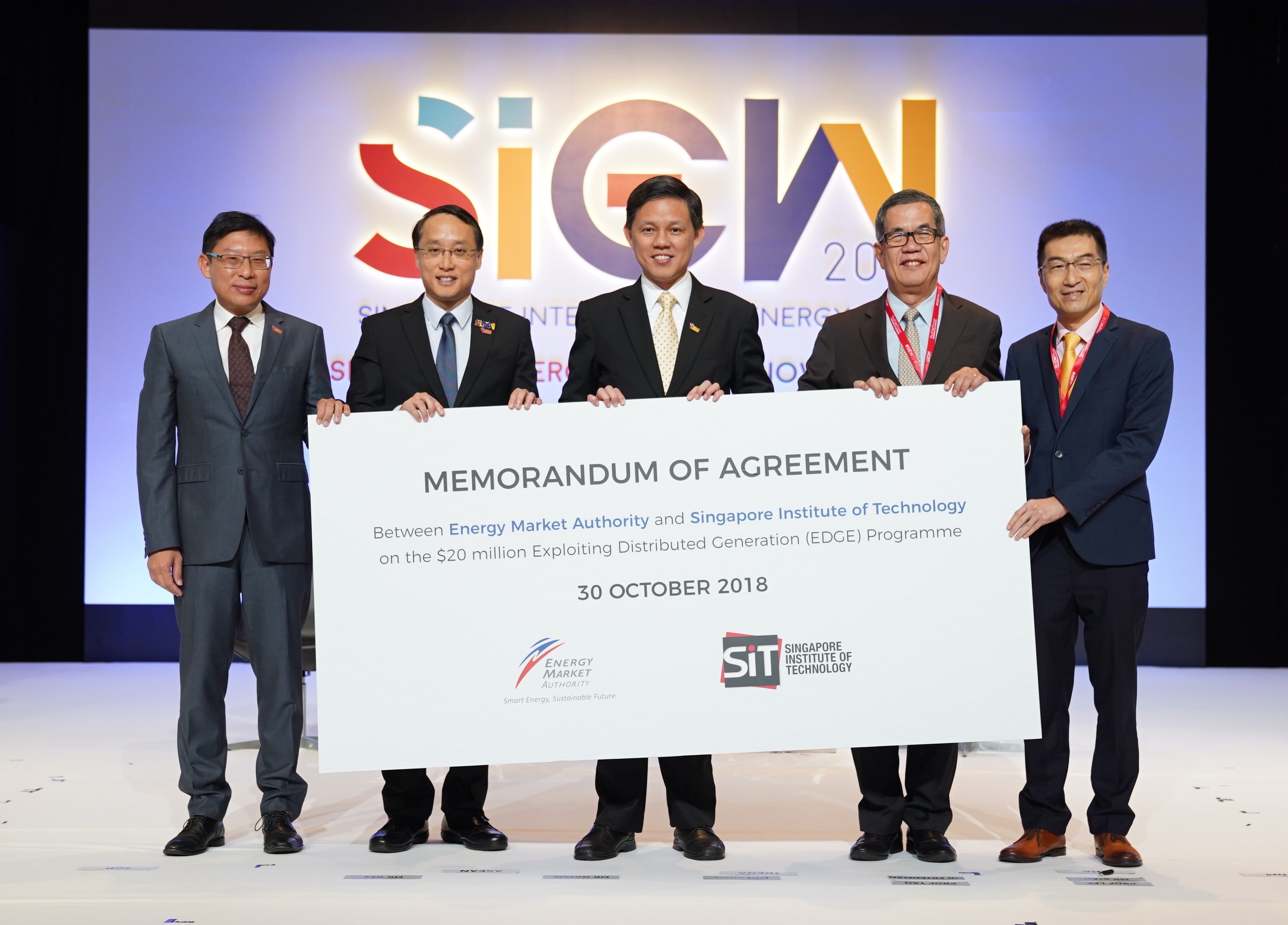
Representatives from Energy Market Authority and SIT at the Memorandum of Agreement held at SIEW 2018, witnessed by Minister for Trade and Industry Chan Chun Sing.
EDGE is focusing on the areas of micro-grid design, distributed energy optimisation and management, electric-vehicles-to-grid interfaces and differentiated power-quality systems. Successful solutions tested out on EDGE will be deployed on a larger scale at the SIT@Punggol micro-grid.
Another smart energy development project by SIT is the building of a Smart Living Lab at SIT@NYP Building. When completed, the lab will improve inhabitant experiences through various smart monitoring systems and digital interventions. It will generate valuable knowledge to guide the design and development of the “smart campus” aspects of SIT@Punggol.
By continuously pushing the boundaries in applied learning programmes and championing strategic industry initiatives, SIT is empowering our younger generation to realise Singapore’s aspirations towards a sustainable future.
This article was adapted from The Singapore Engineers June 2019 publication with the permission of The Institution of Engineers, Singapore.

